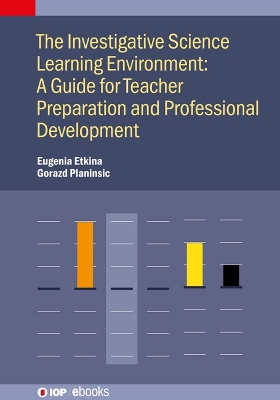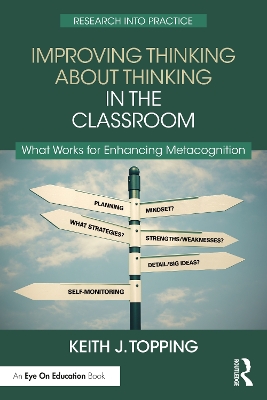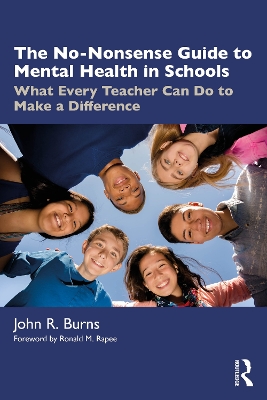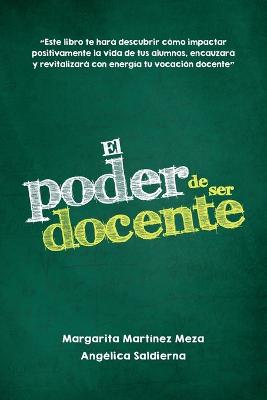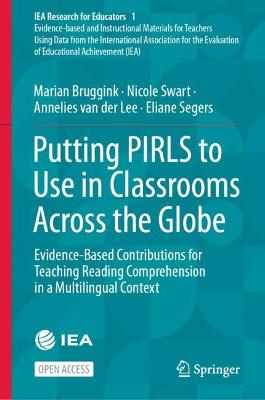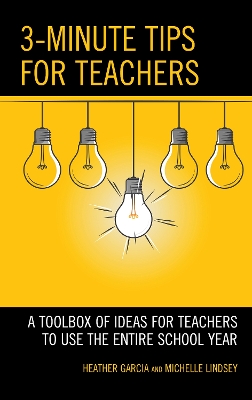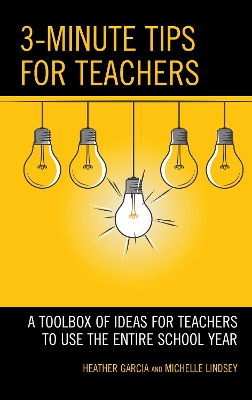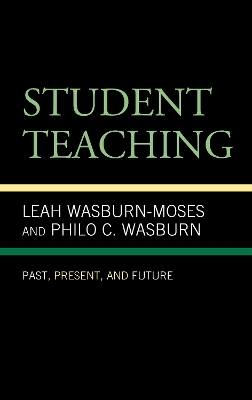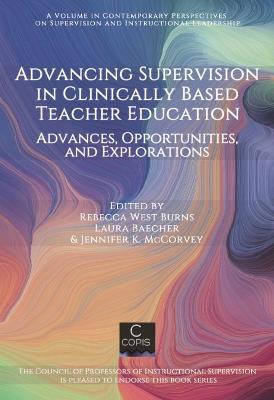Dynamic Physical Education for Secondary School Students
 portes grátis
portes grátis
Dynamic Physical Education for Secondary School Students
Erwin, Heather; Darst, Paul W.; Pangrazi, Robert P.; Brusseau, Timothy A.
Human Kinetics Publishers
03/2024
528
Mole
Inglês
9781718213838
15 a 20 dias
Chapter 1. Physical Education in the Secondary School
What Is Physical Education?
Rationale for Physical Education
Major Outcomes for Physical Education
Physical Education Content Standards
Perspectives Influencing Physical Education
Issues Affecting Physical Education Programs
Essential Components of a Quality Program
Characteristics of Successful Physical Education Programs
Chapter 2. Steps in Developing an Effective Curriculum
Designing a Quality Curriculum
An Articulated Curriculum: Grades K Through 12
Chapter 3. Curriculum Approaches
Promoting Skill Development and Physical Activity Approach
Sport Education Approach
Tactical Games Approach
Knowledge Concepts Approach
Fitness Education Approach
Personal and Social Responsibility Approach
Part II. Teaching Students in an Effective Physical Education Program
Chapter 4. Planning for Effective Instruction
Develop Departmental Policies
Factors Influencing Preinstructional Decisions
Making Preinstructional Decisions
Teach Each Student as a Whole Person
Plan for Optimal Skill Learning
Design Comprehensive Unit Plans
Create Quality Lesson Plans
Major Instructional Components of the Lesson
Reflect on the Completed Lesson
Chapter 5. Improving Instructional Effectiveness
Defining Effective Instruction
Demonstrate a Caring Attitude Toward Students
Develop Effective Listening Skills
Maintain Student Interest
Communicate Effectively With Your Class
Use Nonverbal Communication
Demonstrate and Model Skills
Facilitate Learning With Instructional Cues
Use Effective Instructional Feedback
Consider the Personal Needs of Students
Improving Teaching Skills
Evaluating Effective Teaching
Systematically Observing to Improve Quality of Instruction
Chapter 6. Teaching Styles
Direct Instruction Style
Task (Station) Style
Mastery Learning (Outcomes-Based) Style
Individualized Style
Cooperative Learning
Reciprocal Teaching Style
Inquiry Style
Teaching Styles and Student Learning
A Framework for Using Multiple Teaching Styles
Dynamic Instruction: Elements Common to All Styles
Chapter 7. Management
Strive for a Well-Managed Class
Use Effective Class Organization Strategies
Teach Responsible Student Behavior
Implement a Proactive Behavior Management Approach
Maintain and Promote Acceptable Behavior
Decrease Unacceptable Behavior
Deal With Severe Misbehavior
Use Criticism Cautiously
Make Punishment a Last Resort
Know the Legal Consequences of Expulsion
Chapter 8. Assessment, Evaluation, Grading, and Program Accountability
Assessment of Student Performance
Physical Activity Assessment
Cognitive Assessment
Affective Assessment
Types of Assessments
Student Self-Evaluation
Other Assessments
Criteria and Uses for Student Evaluation
Uses for Student Evaluation
Grading Considerations
Chapter 9. Inclusion
Defining Adapted Physical Education and Sport
Laws Related to Adapted Physical Education
Least Restrictive Environment
Exclusion, Segregation, Integration, and Inclusion
Development of the IEP
Systematic Approach to Successful Inclusion
Parental Support
Recruiting and Training Paraeducators and Aides
Part III. Developing and Administering a Total Program
Chapter 10. Safety and Liability
Safety
Supervision
Equipment and Facilities
Torts
Liability
Personal Protection: Minimizing the Effects of a Lawsuit
Chapter 11. Supporting and Advocating for Physical Education
Advocacy and Effective Methods for Physical Education
Budget Strategies for Physical Education
Professional Development
Chapter 12. Comprehensive School Physical Activity Programs
Strategies for Development, Implementation, and Evaluation of a CSPAP
Chapter 13. Intramurals, Physical Activity Programs, and Athletics
Intramurals
Physical Activity Programs
Interscholastic Athletics
Part IV. Implementing Instructional Activities
Chapter 14. Introductory Activities
Agility Activities
Locomotor Challenges
Individual Activities
Partner and Small-Group Activities
Chapter 15. Physical Fitness
Fitness of America's Youth
Health-Related and Skill-Related Physical Fitness
Creating a Positive Fitness Experience
Exercises for Fitness Routines
Avoiding Harmful Practices and Exercises
Activities and Routines for Developing Fitness
Health Club Workouts
Chapter 16. Net and Wall Activities
Badminton
Racquetball
Pickleball
Tennis
Volleyball
Chapter 17. Invasion Activities
Basketball
Field Hockey
Flag Football
Lacrosse
Rugby
Soccer
Speed-a-Way
Team Handball
Chapter 18. Target Activities
Archery
Bowling
Disc Games
Golf
Chapter 19. Recreational and Lifetime Activities
In-Line Skating
Jogging
Rhythmic Activity
Rope Jumping
Softball
Strength Training
Swimming and Aquatics
Group Initiative Activities
Orienteering
Ropes Course Activities
Traverse Climbing-Wall Activities
Chapter 1. Physical Education in the Secondary School
What Is Physical Education?
Rationale for Physical Education
Major Outcomes for Physical Education
Physical Education Content Standards
Perspectives Influencing Physical Education
Issues Affecting Physical Education Programs
Essential Components of a Quality Program
Characteristics of Successful Physical Education Programs
Chapter 2. Steps in Developing an Effective Curriculum
Designing a Quality Curriculum
An Articulated Curriculum: Grades K Through 12
Chapter 3. Curriculum Approaches
Promoting Skill Development and Physical Activity Approach
Sport Education Approach
Tactical Games Approach
Knowledge Concepts Approach
Fitness Education Approach
Personal and Social Responsibility Approach
Part II. Teaching Students in an Effective Physical Education Program
Chapter 4. Planning for Effective Instruction
Develop Departmental Policies
Factors Influencing Preinstructional Decisions
Making Preinstructional Decisions
Teach Each Student as a Whole Person
Plan for Optimal Skill Learning
Design Comprehensive Unit Plans
Create Quality Lesson Plans
Major Instructional Components of the Lesson
Reflect on the Completed Lesson
Chapter 5. Improving Instructional Effectiveness
Defining Effective Instruction
Demonstrate a Caring Attitude Toward Students
Develop Effective Listening Skills
Maintain Student Interest
Communicate Effectively With Your Class
Use Nonverbal Communication
Demonstrate and Model Skills
Facilitate Learning With Instructional Cues
Use Effective Instructional Feedback
Consider the Personal Needs of Students
Improving Teaching Skills
Evaluating Effective Teaching
Systematically Observing to Improve Quality of Instruction
Chapter 6. Teaching Styles
Direct Instruction Style
Task (Station) Style
Mastery Learning (Outcomes-Based) Style
Individualized Style
Cooperative Learning
Reciprocal Teaching Style
Inquiry Style
Teaching Styles and Student Learning
A Framework for Using Multiple Teaching Styles
Dynamic Instruction: Elements Common to All Styles
Chapter 7. Management
Strive for a Well-Managed Class
Use Effective Class Organization Strategies
Teach Responsible Student Behavior
Implement a Proactive Behavior Management Approach
Maintain and Promote Acceptable Behavior
Decrease Unacceptable Behavior
Deal With Severe Misbehavior
Use Criticism Cautiously
Make Punishment a Last Resort
Know the Legal Consequences of Expulsion
Chapter 8. Assessment, Evaluation, Grading, and Program Accountability
Assessment of Student Performance
Physical Activity Assessment
Cognitive Assessment
Affective Assessment
Types of Assessments
Student Self-Evaluation
Other Assessments
Criteria and Uses for Student Evaluation
Uses for Student Evaluation
Grading Considerations
Chapter 9. Inclusion
Defining Adapted Physical Education and Sport
Laws Related to Adapted Physical Education
Least Restrictive Environment
Exclusion, Segregation, Integration, and Inclusion
Development of the IEP
Systematic Approach to Successful Inclusion
Parental Support
Recruiting and Training Paraeducators and Aides
Part III. Developing and Administering a Total Program
Chapter 10. Safety and Liability
Safety
Supervision
Equipment and Facilities
Torts
Liability
Personal Protection: Minimizing the Effects of a Lawsuit
Chapter 11. Supporting and Advocating for Physical Education
Advocacy and Effective Methods for Physical Education
Budget Strategies for Physical Education
Professional Development
Chapter 12. Comprehensive School Physical Activity Programs
Strategies for Development, Implementation, and Evaluation of a CSPAP
Chapter 13. Intramurals, Physical Activity Programs, and Athletics
Intramurals
Physical Activity Programs
Interscholastic Athletics
Part IV. Implementing Instructional Activities
Chapter 14. Introductory Activities
Agility Activities
Locomotor Challenges
Individual Activities
Partner and Small-Group Activities
Chapter 15. Physical Fitness
Fitness of America's Youth
Health-Related and Skill-Related Physical Fitness
Creating a Positive Fitness Experience
Exercises for Fitness Routines
Avoiding Harmful Practices and Exercises
Activities and Routines for Developing Fitness
Health Club Workouts
Chapter 16. Net and Wall Activities
Badminton
Racquetball
Pickleball
Tennis
Volleyball
Chapter 17. Invasion Activities
Basketball
Field Hockey
Flag Football
Lacrosse
Rugby
Soccer
Speed-a-Way
Team Handball
Chapter 18. Target Activities
Archery
Bowling
Disc Games
Golf
Chapter 19. Recreational and Lifetime Activities
In-Line Skating
Jogging
Rhythmic Activity
Rope Jumping
Softball
Strength Training
Swimming and Aquatics
Group Initiative Activities
Orienteering
Ropes Course Activities
Traverse Climbing-Wall Activities

